Results
-
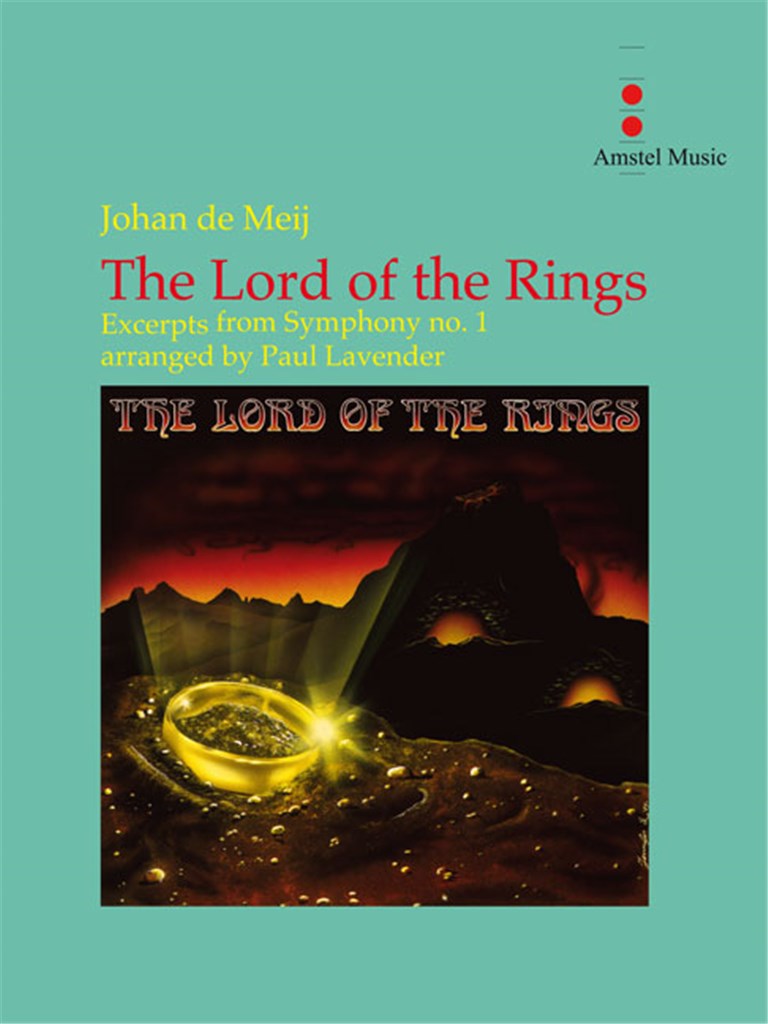 £148.00
£148.00The Lord of the Rings (Excerpts from Symphony No.1) (Concert Band - Score and Parts) - De Meij, Johan - Lavender, Paul
Johan de Meij's first symphony The Lord of the Rings, based on the famous trilogy by Tolkien, has established itself as a 'classic' piece in the concert band piece repertoire.In this edition, Paul Lavender has masterfully condensed and arranged the symphony into a practical concert version, written at a level and with instrumentation to work within the reach of most bands. This version includes optional cuts allowing several performance lengths and options which enable you to tailor your performances as appropriate. Let your audience experience a fabulous adventure! Duration: 9.30
Estimated dispatch 7-14 working days
-
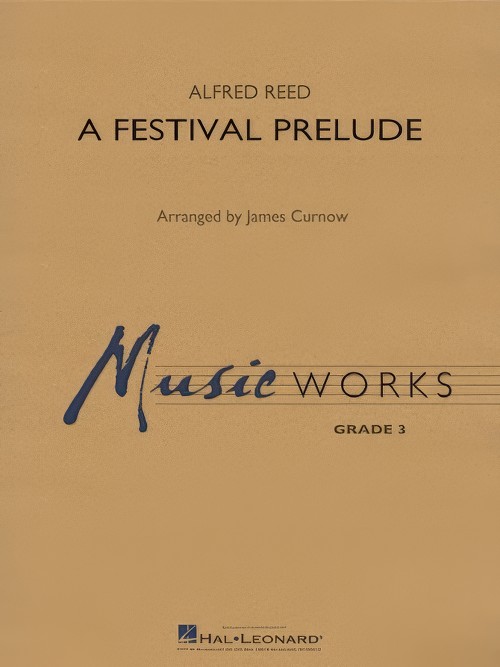 £64.99
£64.99A Festival Prelude (Concert Band - Score and Parts) - Reed, Alfred - Curnow, James
This could possibly be Alfred Reed's most played work for band and is considered one of the giants of standard band literature. James Curnow's fine transcription for young band puts this important piece well within reach of most developing groups. Treat your younger players to one of the classics.
Estimated dispatch 7-14 working days
-
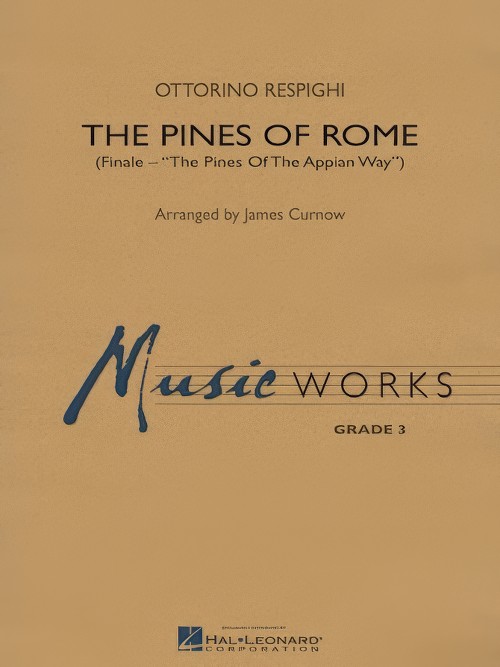 £64.99
£64.99The Pines of Rome (Finale) (Concert Band - Score and Parts) - Respighi, Ottorino - Curnow, James
James Curnow's adaptations of classic works for younger groups have become standard literature for many directors who seek the highest quality works for their younger groups. This edition of Respighi's famous finale to the Pines Of Rome is a real gem, putting the original's power and majesty within the reach of intermediate level bands.
Estimated dispatch 7-14 working days
-
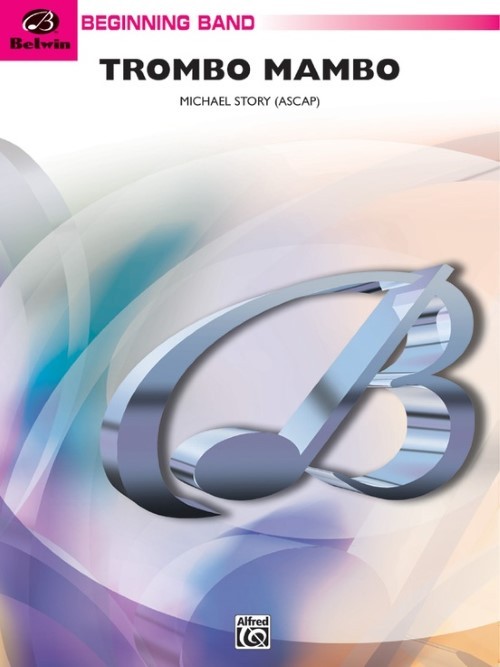 £54.95
£54.95Trombo Mambo (Trombone Section feature with Concert Band - Score and Parts) - Story, Michael
The sales of cold cream will soar! (Or do trombone players have a more trendy slide lubricant?!) In any case, you'll want those slides moving for this spectacular sonic experience. Those glissin' right arms will be great fun to watch, and if they can't reach 'sixth,' don't sweat it, no one will know. Trombontastic! Duration: 1.30
Estimated dispatch 7-14 working days
-
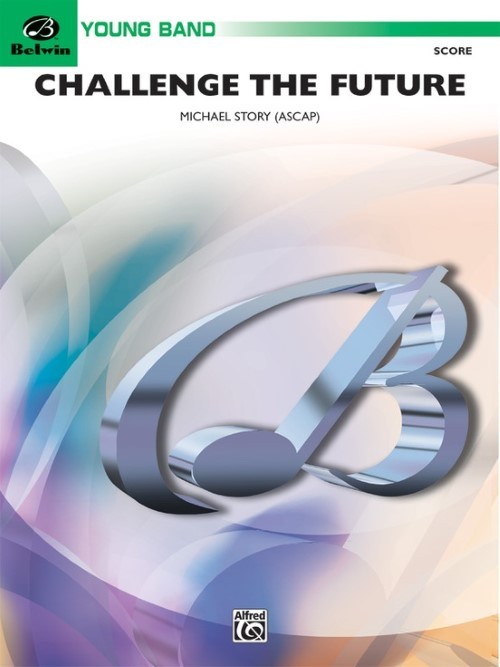 £53.95
£53.95Challenge the Future (Concert Band - Score and Parts) - Story, Michael
Inspired by the tragic explosion of the space shuttle Challenger when seven of our astronauts perished, Challenge the Future is dedicated to the brave men and women who continue to fly the Shuttle and to the premise that even in tragedy, we must still "reach for the stars." Bold and uplifting!Duration: 3.30
Estimated dispatch 7-14 working days
-
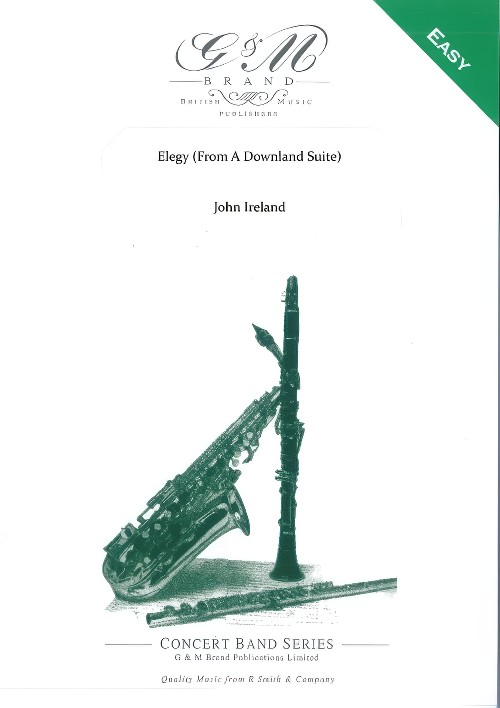 £49.95
£49.95Elegy (From A Downland Suite) (Concert Band - Score and Parts) - Ireland, John - Steadman-Allen, Ray
Even if your young group cannot yet reach the entire Downland Suite, you can let them sample the beautiful second movement in a specially simple transcription. Superficially easy, it requires total control to realise, but there can be no finer exercise for young players.
Estimated dispatch 7-14 working days
-
 £9.95
£9.95Elegy (From A Downland Suite) (Concert Band - Score Only) - Ireland, John - Steadman-Allen, Ray
Even if your young group cannot yet reach the entire Downland Suite, you can let them sample the beautiful second movement in a specially simple transcription. Superficially easy, it requires total control to realise, but there can be no finer exercise for young players.
Estimated dispatch 7-14 working days
-
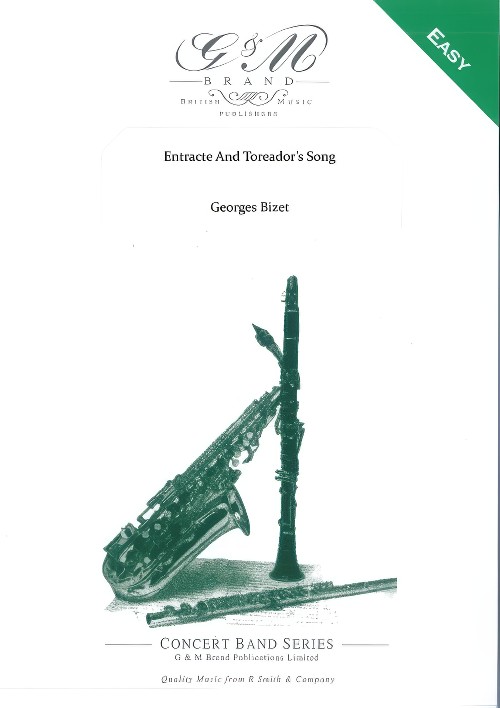 £49.95
£49.95Entracte And Toreadors Song (Concert Band - Score and Parts) - Bizet, Georges - Brand, Geoffrey
Carmen can be considered to be Bizet's crowning achievement. Brand, Geoffrey's skillful arrangement brings two of Bizet's most popular themes within the reach of technically less-advanced players.
Estimated dispatch 7-14 working days
-
 £9.95
£9.95Entracte And Toreadors Song (Concert Band - Score Only) - Bizet, Georges - Brand, Geoffrey
Carmen can be considered to be Bizet's crowning achievement. Brand, Geoffrey's skillful arrangement brings two of Bizet's most popular themes within the reach of technically less-advanced players.
Estimated dispatch 7-14 working days
-
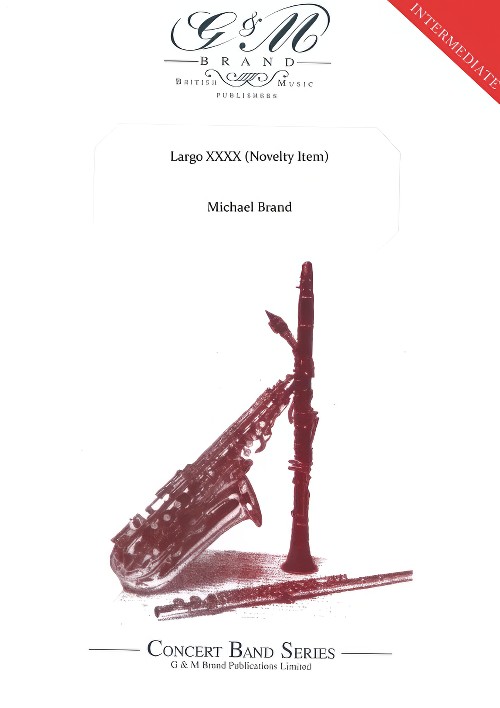 £74.95
£74.95Largo XXXX (Novelty Item) (Concert Band - Score and Parts) - Brand, Michael
This novelty refreshes the conductors other pieces cannot reach. Rossini could never have imagined that his famous Largo al factotum from The Barber of Seville would be so mercilessly wrecked by the arranger. Unfortunately, several other well-known themes are also included - O Sole Mio, Mozarts Horn Concertos, Eine Kleine Nachtmusik and Bizets Toreadors Song. Our audience may never recover.
Estimated dispatch 7-14 working days
